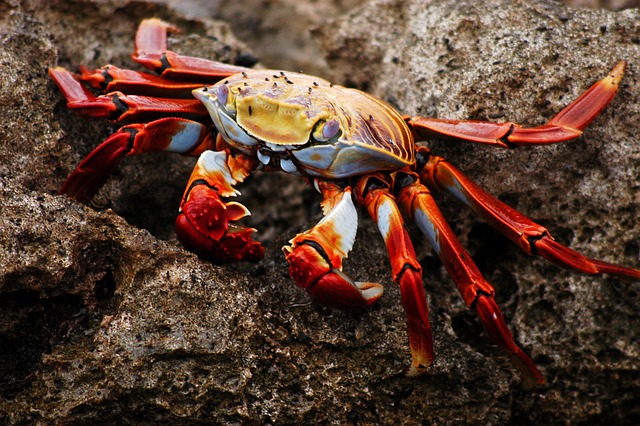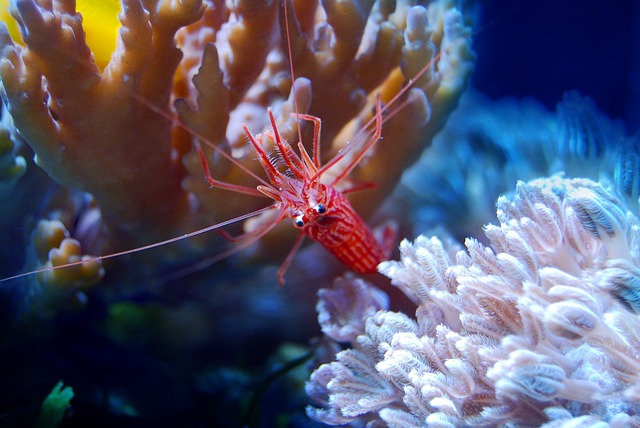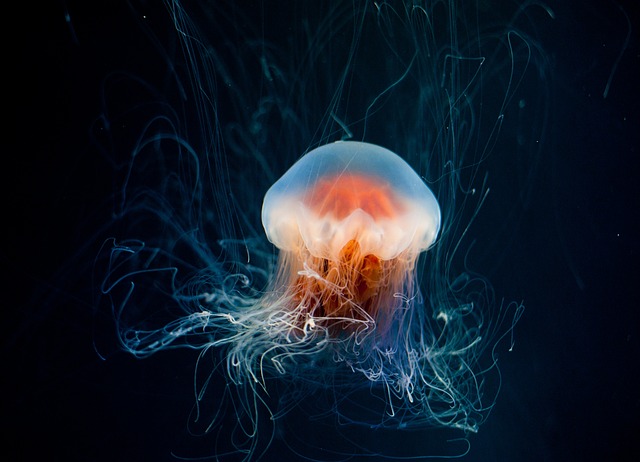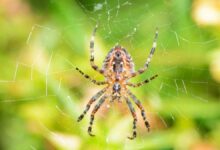Invertebrates: Definition, Characteristics, Classification, Examples, and More

When we think of animals, we often picture creatures with backbones and intricate skeletal structures. However, there exists a vast and diverse world of animals that lack a backbone. These fascinating organisms are known as invertebrates.
Table of Contents
Definition
Invertebrates are animals that lack a backbone or vertebral column. Unlike vertebrates, which possess a well-developed internal skeleton, invertebrates display a wide variety of body structures and adaptations. This group comprises a significant majority of the animal kingdom, with an estimated 97% of all known animal species being invertebrates.

Characteristics
• Absence of Backbone
The primary characteristic that defines invertebrates is the absence of a backbone. Without a vertebral column, these animals rely on alternative support structures, such as exoskeletons, hydrostatic skeletons, or a combination of supportive tissues.
• Varied Body Plans
Invertebrates exhibit an astonishing array of body plans, ranging from simple and asymmetrical structures to complex and symmetrical forms. Their diverse body plans allow them to occupy different ecological niches and adapt to various environments.
• External or Internal Skeleton
While some invertebrates possess an external exoskeleton, such as the hard shells of crustaceans, others have an internal skeleton made of specialized tissues. These skeletal structures provide support, protection, and a surface for muscle attachment.
• Diverse Reproductive Strategies
Invertebrates employ a wide range of reproductive strategies, including sexual and asexual reproduction. Some invertebrates have complex courtship rituals, while others reproduce by budding, fission, or regeneration. These reproductive strategies contribute to their reproductive success and population growth.
• Sensory Adaptations
Invertebrates have evolved various sensory adaptations to perceive and interact with their environment. These adaptations may include light-sensitive eyespots, chemoreceptors, tactile organs, or specialized appendages for sensing vibrations or currents. These sensory adaptations help in finding food, detecting predators or mates, and navigating their surroundings.
• Wide Range of Lifestyles
Invertebrates occupy a wide range of ecological niches and exhibit diverse lifestyles. They can be found in terrestrial, freshwater, and marine habitats. They play critical roles as decomposers, pollinators, predators, filter feeders, and symbiotic organisms, contributing to the balance and functioning of ecosystems.

Classification
Invertebrates are classified into several major groups based on their shared characteristics and evolutionary relationships. Some of these groups include:
• Porifera (Sponges)
Sponges are simple multicellular organisms characterized by their porous bodies. They are filter feeders that extract food particles from water.
• Cnidaria (Jellyfish, Corals, and Anemones)
Cnidarians display radial symmetry and possess specialized stinging cells called cnidocytes. They include jellyfish, corals, sea anemones, and hydroids.
• Mollusca (Snails, Clams, Squids)
Mollusks are soft-bodied animals with muscular feet and often a hard shell. They comprise snails, clams, squids, octopuses, and other diverse forms.
• Arthropoda (Insects, Spiders, Crustaceans)
Arthropods are the largest phylum of invertebrates and include insects, spiders, crustaceans, and other arthropod forms. They possess joint appendages and exoskeletons.
• Echinodermata (Starfish, Sea Urchins)
Echinoderms display a unique five-fold symmetry as adults and possess a water vascular system. They include starfish, sea urchins, sea cucumbers, and brittle stars.
• Others
There are numerous other invertebrate groups, such as annelids (segmented worms), nematodes (roundworms), platyhelminths (flatworms), and many more, each with their distinctive characteristics.

Examples of Invertebrates
Let’s explore some examples of invertebrates from different groups:
• Sponges
Demosponge: These sponges are found in a variety of marine environments and exhibit diverse colors and shapes.
Glass sponge: These delicate, transparent sponges inhabit deep-sea ecosystems and have intricate glass-like skeletons.
• Jellyfish
Moon jellyfish: With their translucent bodies and graceful movements, moon jellyfish are commonly found in coastal waters worldwide.
Box jellyfish: Known for their potent venom, box jellyfish are highly efficient predators found in tropical and subtropical waters.
• Snails
Garden snail: This familiar land-dwelling snail is often encountered in gardens and parks, characterized by its coiled shell and slow movement.
Cone snail: Cone snails inhabit tropical marine environments and possess venomous harpoon-like structures used for capturing prey.
• Insects
Butterfly: These charismatic insects undergo a remarkable transformation from caterpillar to butterfly and are renowned for their vibrant colors and delicate wings.
Ant: Highly organized and social, ants form complex colonies and play vital roles in ecosystems as decomposers, predators, and seed dispersers.
• Starfish
Common starfish: Found in various marine habitats, common starfish display their iconic radial symmetry and remarkable ability to regenerate lost limbs.
Crown-of-thorns starfish: These large starfish are known for their voracious appetite for coral, which can have significant impacts on reef ecosystems.
Conclusion
Invertebrates constitute a vast and diverse group of animals that thrive in various habitats across the globe. From the delicate sponges to the majestic jellyfish, and the intricate snails to the industrious insects, invertebrates display remarkable adaptations and lifestyles. Their absence of a backbone does not limit their ability to occupy crucial ecological roles or exhibit fascinating behaviors. By exploring the world of invertebrates, we gain a deeper appreciation for the incredible diversity and complexity of life on our planet.
FAQs
• How many species of invertebrates are there?
The exact number of invertebrate species is challenging to determine precisely due to the vast number of undiscovered species and ongoing taxonomic revisions. However, scientists estimate that there may be millions of invertebrate species worldwide.
• Are all marine animals invertebrates?
No, not all marine animals are invertebrates. While a significant portion of marine life consists of invertebrates, there are also marine vertebrates, such as fish, marine mammals, and reptiles.
• Can invertebrates be found in freshwater ecosystems?
Yes, they are abundant in freshwater ecosystems. From tiny aquatic insects to mollusks and crustaceans, numerous invertebrate species thrive in rivers, lakes, ponds, and other freshwater habitats.
• Do invertebrates play important roles in ecosystems?
Yes, they play crucial roles in ecosystems. They contribute to nutrient cycling, pollination, seed dispersal, and decomposition, and serve as a food source for other organisms. They are integral to maintaining the balance and functioning of ecosystems.
• Can invertebrates exhibit complex behaviors?
Absolutely! They exhibit a wide range of complex behaviors, including communication, social interactions, tool use, navigation, and problem-solving. Despite lacking a backbone, these animals have evolved sophisticated strategies to survive, reproduce, and interact with their environment.


